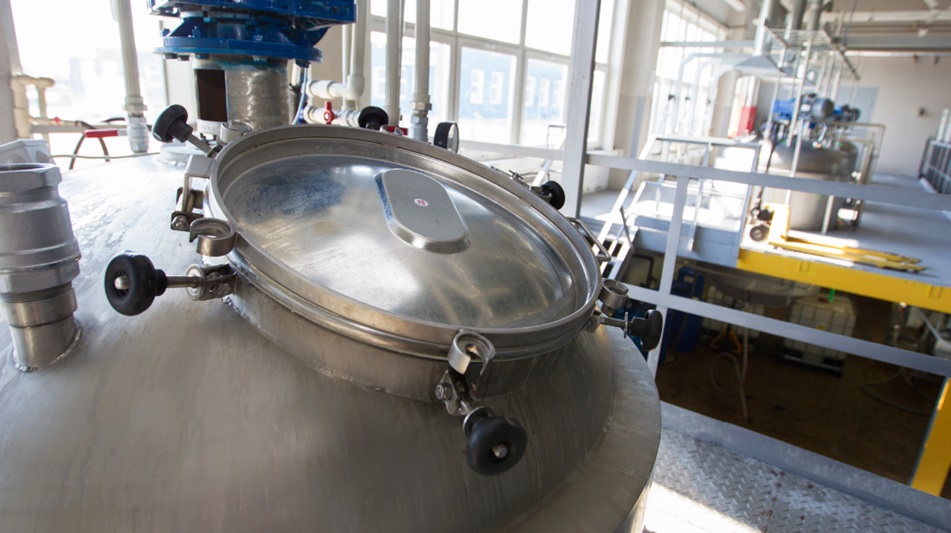Scaling up from lab to pilot plant is a critical phase in the development of any new product or process. This transition involves transforming small-scale experiments into larger, more functional systems that can produce significant quantities while maintaining product quality and performance. This process not only ensures that products are viable for commercial production but also helps identify potential challenges that may arise during full-scale manufacturing.
Understanding the Scale-Up Process
Before embarking on the journey to scale up from lab to pilot plant, initial lab-scale experiments offer invaluable insights into the feasibility and characteristics of the intended product. These experiments typically focus on optimizing formulations, understanding key variables, and assessing the consistency of results. Gathering comprehensive data during this stage lays the groundwork for a successful transition later on.
Designing Pilot Plant Operations
Designing a pilot plant is a complex operation, requiring collaboration between engineers, scientists, and operations teams. A well-designed pilot plant not only mimics the large-scale production environment but also allows for the flexibility to test variations in the process. It can serve as a practical platform for troubleshooting issues and refining processes before committing to full-scale production. Consulting resources such as the pros and cons of pilot plant production can be invaluable at this stage.
Implementing Quality Control Measures
Quality control is paramount when scaling up. Establishing standard operating procedures (SOPs) helps ensure consistency in product quality across batches. It involves implementing rigorous testing and validation protocols to ensure that the pilot output meets the necessary specifications. This phase not only enhances reliability but also prepares the foundation for future production levels.
Engage in Effective Testing Protocols
Conducting extensive testing during pilot plant operations is vital for identifying potential issues that may arise during large-scale production. Utilizing methodologies such as Design of Experiments (DOE) can provide insights into optimal operating conditions and yield more reliable results. Following a structured approach to prototyping reduces risks associated with full-scale production.
Collaborating with Experts
Collaboration with industry experts can significantly derail common pitfalls associated with scaling. Various professionals can provide insights into best practices, equipment recommendations, and regulatory compliance. Engaging diverse perspectives ensures that operations run smoothly and optimally. Research on how to effectively scale up from lab to pilot to production can offer practical guidance during this phase.
Conclusion
Scaling up from lab to pilot plant requires a structured approach that encompasses design, operation, testing, and quality control. By methodically addressing each step, organizations can enhance their chances for a successful transition into large-scale production. The insights gained during this phase provide essential feedback that informs future processes and product development strategies.
Frequently Asked Questions
What is the purpose of a pilot plant?
A pilot plant serves to replicate the full-scale production process on a smaller scale, allowing companies to troubleshoot operations and refine their systems before moving to full-scale manufacturing.
How long does the scaling process typically take?
The timeline for scaling can vary greatly depending on the complexity of the product and the specific requirements of the production process. Generally, thorough planning and regular evaluation can help expedite this phase.
What challenges might arise during the scaling process?
Common challenges include technical difficulties, process inefficiencies, and issues related to regulatory compliance. Thorough preparation and expert consulting can help mitigate these risks effectively.




